
Try Freezing Fresh Corn for Later!

Introduction to Preserving
Freezing
Making Quick Pickles
Making Quick Jams: Refrigerator or Freezer Jam
Water-Bath Canning
How to Can Tomatoes
How to Can Pickles
How to Can Jam and Jelly
Pressure Canning
Drying
Salting and Brining
ADVERTISEMENT
We put up creamed corn. I grow silver queen, or king. The silver king will hold in the field a day or so longer. Straight from the field. We use a large butcher knife to trim each end to ease shucking. We hand shuck and remove the silks. We then dry brush the corn to remove most of the silks and place into a wash tub filled with cool water . Then we remove them from the water and do a wet brush to remove as much of the silks as possible. Then we use a wooden cutter / creamer to remove the kernels and the cream from the cob. Place the cutter inside or across a large stainless steel bowl. A little downward pressure and push the ear through the cutter. Not pressing down so hard that you cut into the cob. The cob is rotated slightly each time it is ran over the cutter and repeated until all of the cream has been removed. Once the first bowl is full, ( about eight to ten quarts ) we take it into the kitchen. Here we pour about six cups of the creamed corn into glass casserole dishes and blanch in the microwave oven. We blanch each dish three times on high power for three to four minutes each time, stirring between each interval. We then pour the corn into plastic casserole dishes suspended inside another dish filled with ice water to stop the cooking process, stirring until cool. We then bag being sure to remove ALL air and freeze. I normally put up about thirty quarts a year. We love corn. This process is a lot of work, but well worth the effort. I have found corn in the freezer over nine years old, and it tasted as if it were put up the day before. Try it .
A recipe from mom.
Shuck the corn. Cut the kernels off however you prefer. Place the 10 to 12 cups of kernels in a deep frying pan. Add 1/2 to 3/4 cup of butter, 2 1/4 cups of water, 1 tsp of salt. Cook until most of the water has evaporated and the corn appears to change to a yellowish color. Remove from the frying pan to a large, preferably ceramic bowl to cool. Package in freezer bags, remove as much air as possible, freeze, and enjoy the flavor of fresh corn anytime you want. Just microwave to heat and it’s ready to serve. Simple.
Sorry, fat fingered that one - DON'T OVERCROWD.
As the season starts to end I go to my local farm stand and buy up the best looking ears that I can find. When I get home I put them husk and all (after trimming the tops a little bit) loosely into the freezer. Give them an overnight to freeze completely and then "pack" them loosely into a plastic bag ( produce bags from the supermarket work well). When it's time to eat them I rinse them thoroughly in cold water then into the microwave for two minutes per ear. DON'T OVERCORWD the microwave - no more than three or four ears at a time. When all are ready, shuck them ( the silk falls right off and you usually have none left to remove after shucking). The ears stay hot in the husks so remember to protect your hands when shucking.
Thanks, Celeste, for a wonderful blog! so interesting and informative! wishing you continued success!

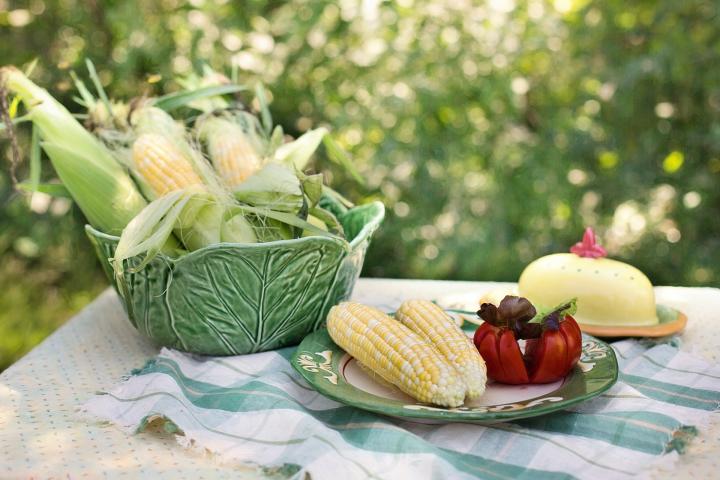
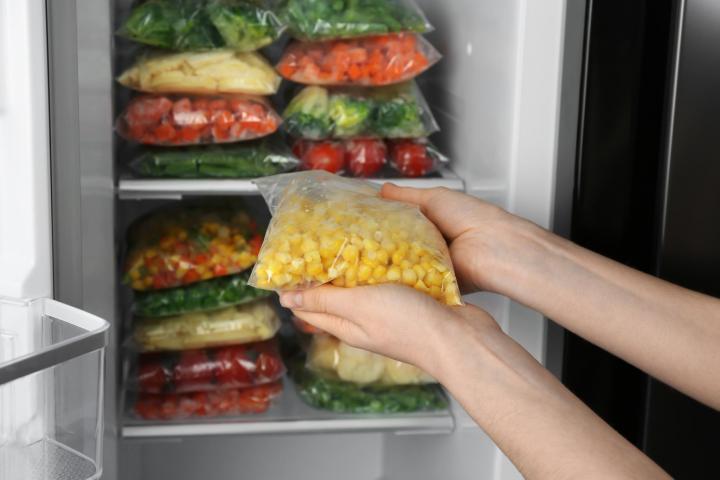
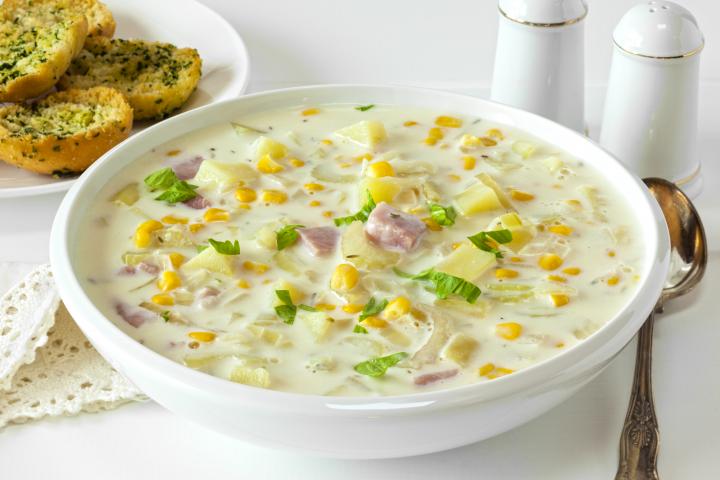
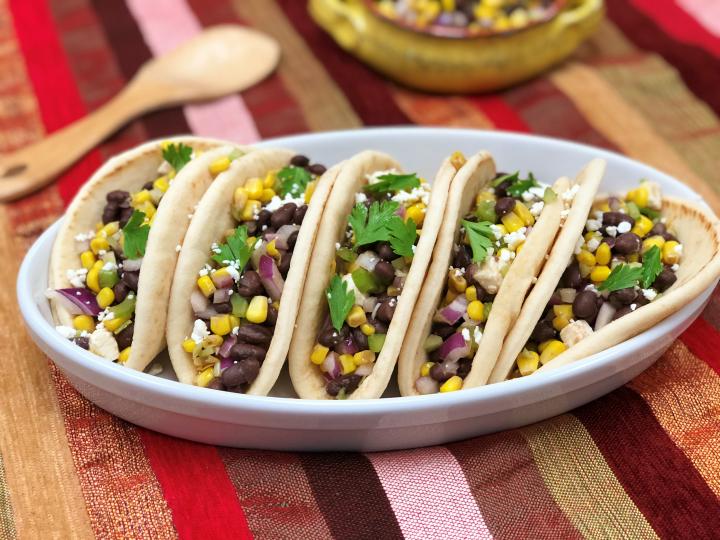
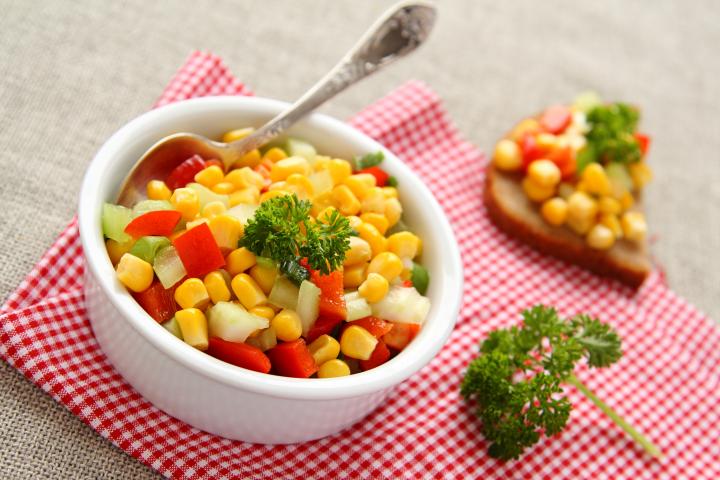








Comments